Pentagon Releases Shocking Footage of 15-Tonne Bombs Hitting Underground Targets in Iran
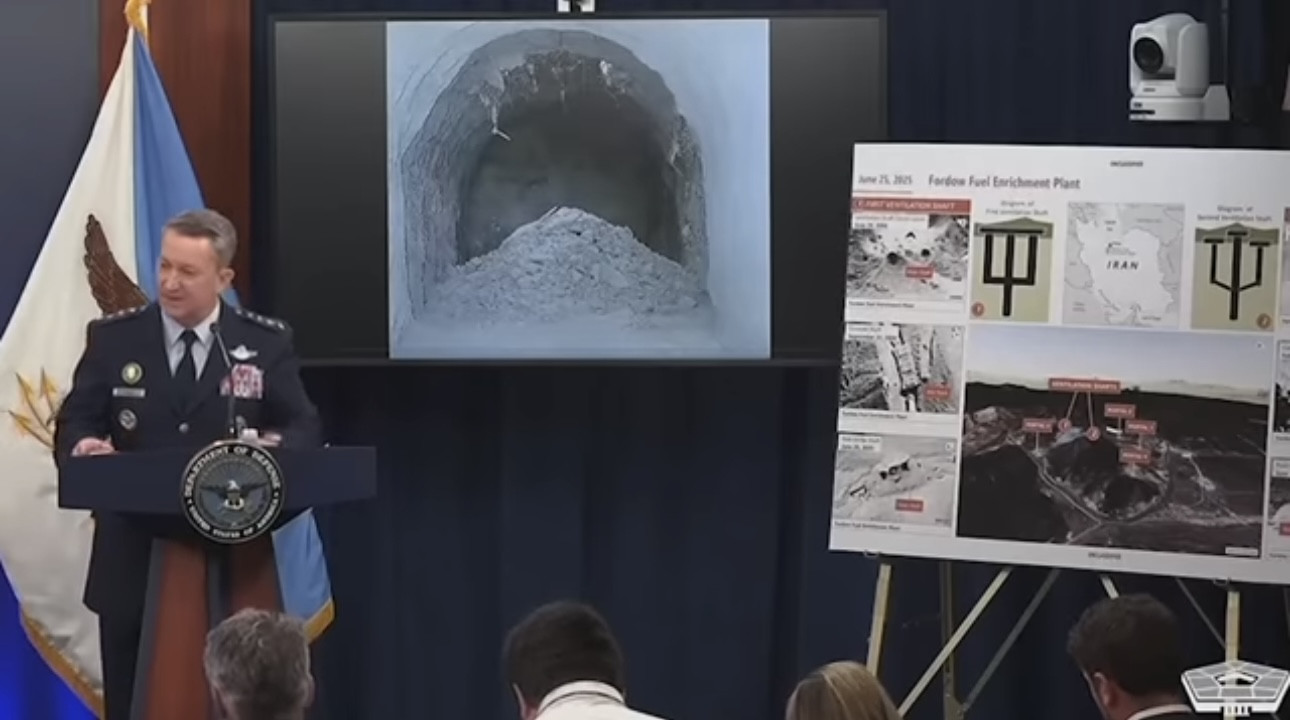
©️New York Post / YouTube
The Pentagon footage of 15-tonne bombs has now been released, showing the shocking moment 30,000-pound bunker-busting explosives slammed into Iran’s fortified underground nuclear facilities. The footage confirms the use of the GBU-57 Massive Ordnance Penetrators (MOPs)—weapons designed specifically to destroy deeply buried bunkers—in a recent wave of U.S. airstrikes on sites including Fordow, Natanz, and Isfahan.
These strikes, part of Operation Midnight Hammer, mark one of the most aggressive demonstrations of U.S. military power in years—and now, the world can see exactly how it unfolded.
A Bomb Built for One Purpose: Penetrate the Impenetrable
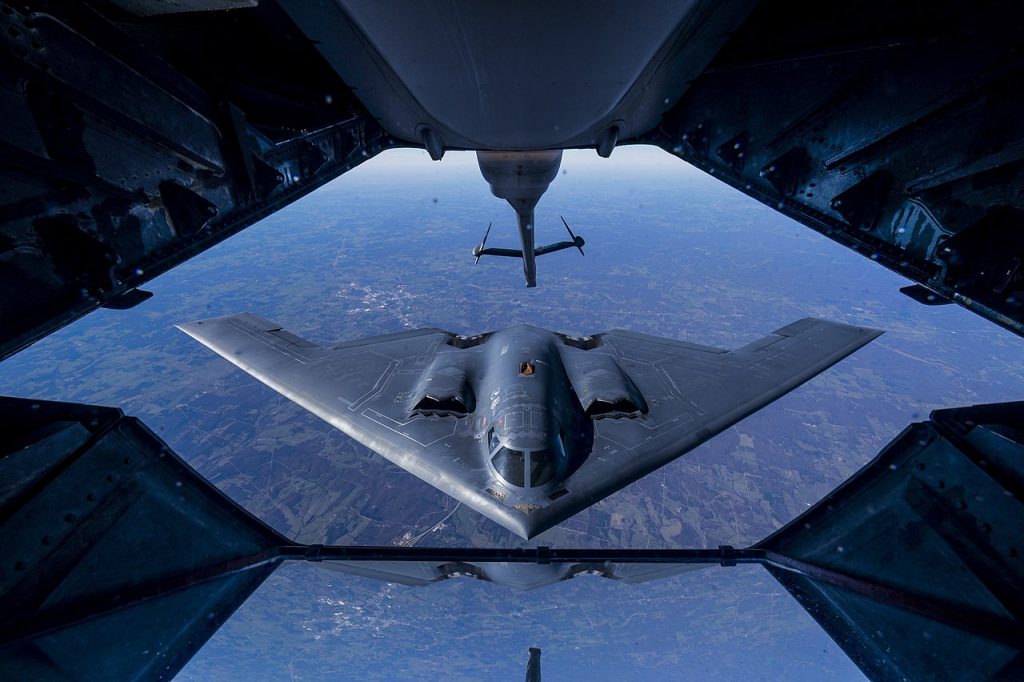
The GBU-57A/B MOP is not just any bomb—it is one of the most powerful non-nuclear weapons in the U.S. arsenal, and it was designed with Iran in mind. The footage released by the Pentagon shows the chilling descent of the MOP, dropped by stealth B-2 bombers, as it punches through layers of reinforced concrete and rock.
Unlike typical airstrikes that leave explosive shockwaves on the surface, this weapon is built to dive deep—up to 60 meters underground—before detonation.
In one of the most gripping moments from the footage, a bomb can be seen striking the ventilation shaft of the Fordow enrichment site, slicing through the protective casing with surgical precision.
Officials explained that the first strike was intended to break the concrete barrier, while subsequent drops penetrated deeper into the facility, unleashing massive overpressure blasts designed to collapse the structure from within.
15 Years of Planning Revealed in Pentagon Footage of 15-Tonne Bombs
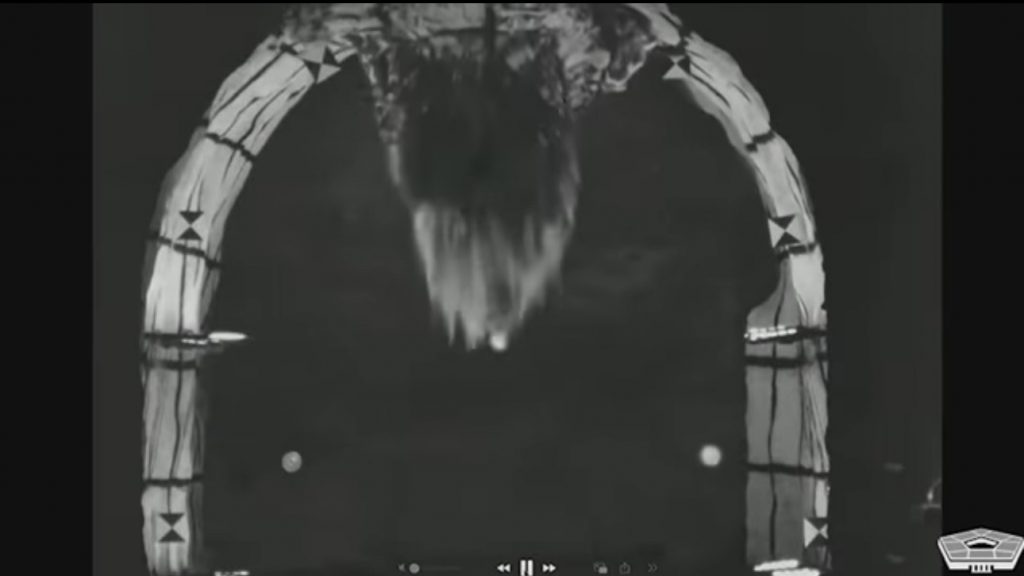
According to senior defense officials, the weapon used in these strikes has been in the works since 2009, when the U.S. intelligence community first discovered Iran’s underground nuclear enrichment activity near Qom. The challenge was enormous: Iran had embedded its centrifuges and nuclear development far beneath a mountain. Conventional weapons simply wouldn’t suffice.
Enter the GBU-57, developed by the Defense Threat Reduction Agency in collaboration with Northrop Grumman and Boeing. It weighs nearly 15 tonnes, is 20 feet long, and can only be deployed from the B-2 Spirit stealth bomber—the only aircraft capable of delivering such a payload without detection. Thursday’s footage makes it unmistakably clear: this bomb does exactly what it was built to do.
The Strike: Inside ‘Operation Midnight Hammer’
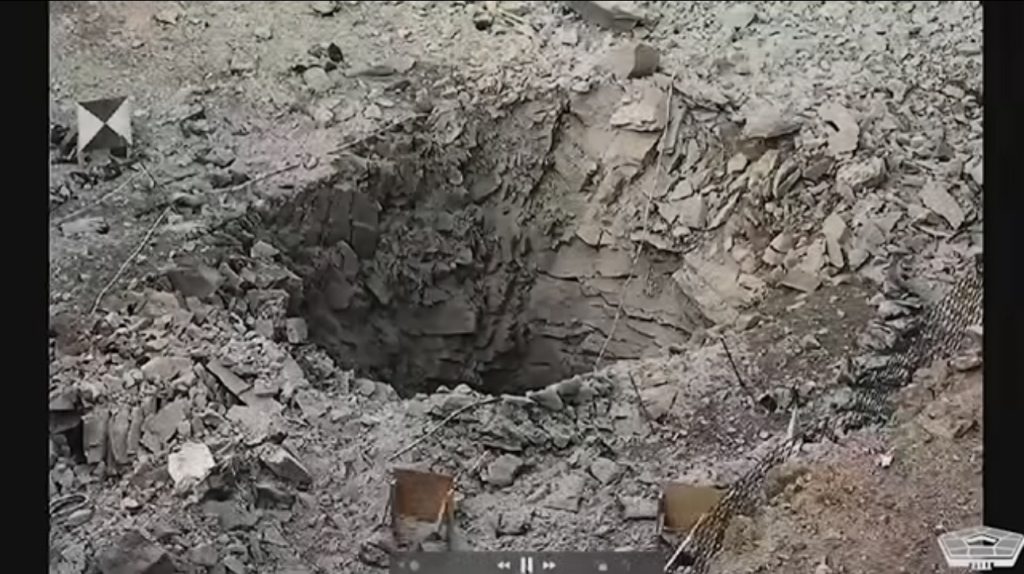
The strikes took place on June 22, under cover of darkness, when seven B-2 bombers flew into Iranian airspace using advanced stealth technology. They dropped 14 bunker-buster bombs—12 targeting the Fordow site, and 2 aimed at Natanz, another critical site in Iran’s nuclear program.
Meanwhile, more than 30 Tomahawk cruise missiles were launched from U.S. Navy vessels toward facilities in Isfahan, targeting above-ground installations and support infrastructure.
General Dan Caine, who led the mission briefing, described the scale of the explosion as “the brightest light I’ve ever seen from an aircraft at night.” He added that “every single bomb hit its target as planned,” and U.S. forces were “out of the region before Iran even realized what had happened.”
What the Damage Really Means
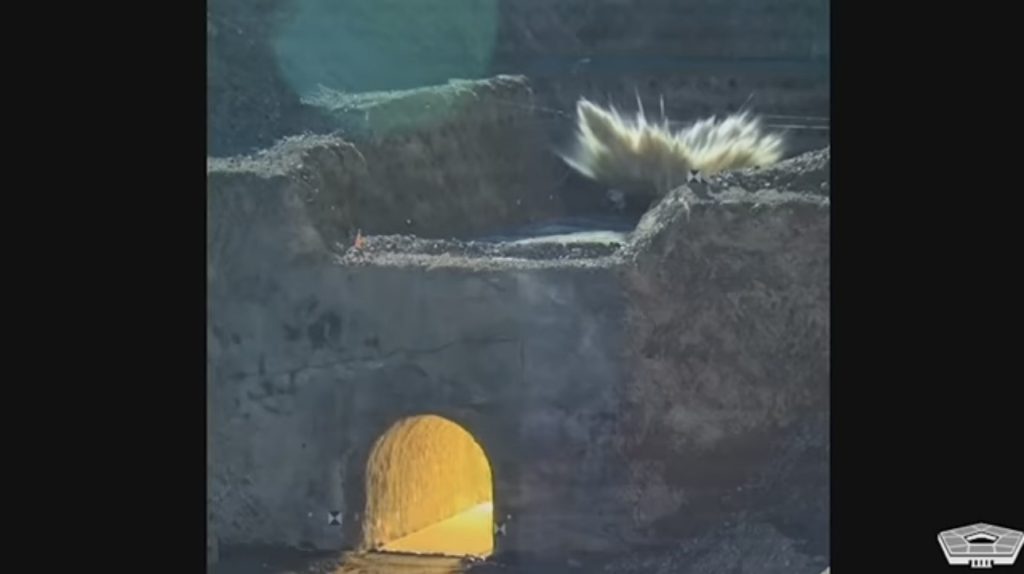
Despite the jaw-dropping visuals and confident assessments from the Pentagon, some intelligence analysts caution against assuming the strikes dealt a death blow to Iran’s nuclear ambitions. While preliminary IAEA assessments confirm that the centrifuges at Fordow are now “non-operational,” the U.S. Defense Intelligence Agency warned the destruction may only delay Iran’s program by months, not eliminate it altogether.
“There’s no question this was a tactical success,” said one senior intelligence official, speaking anonymously. “But the strategic question remains: Was it worth it? Iran likely anticipated these sites could be targeted and may have already relocated crucial materials.”
Why Release the Footage Now?
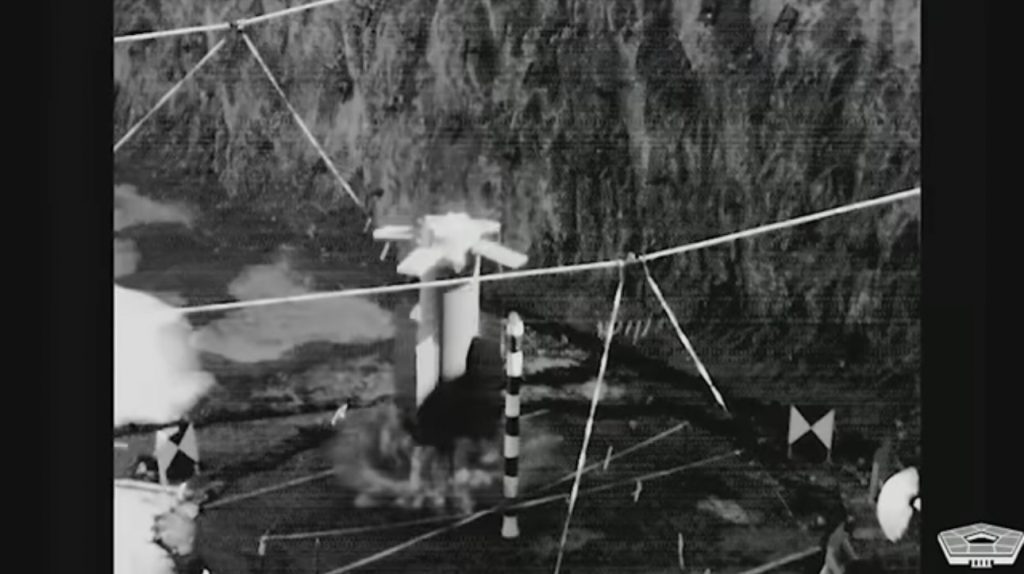
Some experts see the release of the footage as part of a calculated political strategy. With questions swirling over the scale and impact of the Iran strikes, especially from international allies and critics of President Trump’s foreign policy, the Pentagon’s release seems designed to prove overwhelming force and precision, visually and unambiguously.
“This is military theater,” said a former defense adviser. “The footage wasn’t just for transparency—it was to say: ‘We hit you, and we hit you hard.’”
Tehran, for its part, has downplayed the damage, insisting that only “minor infrastructure was affected” and vowing to rebuild quickly. But with Iran’s state media silent on specific locations and foreign journalists barred from site visits, the Pentagon’s footage may be the clearest evidence yet of what actually happened underground.
A Message Beyond Iran: What Pentagon Footage 15-Tonne Bombs Really Signaled to the World
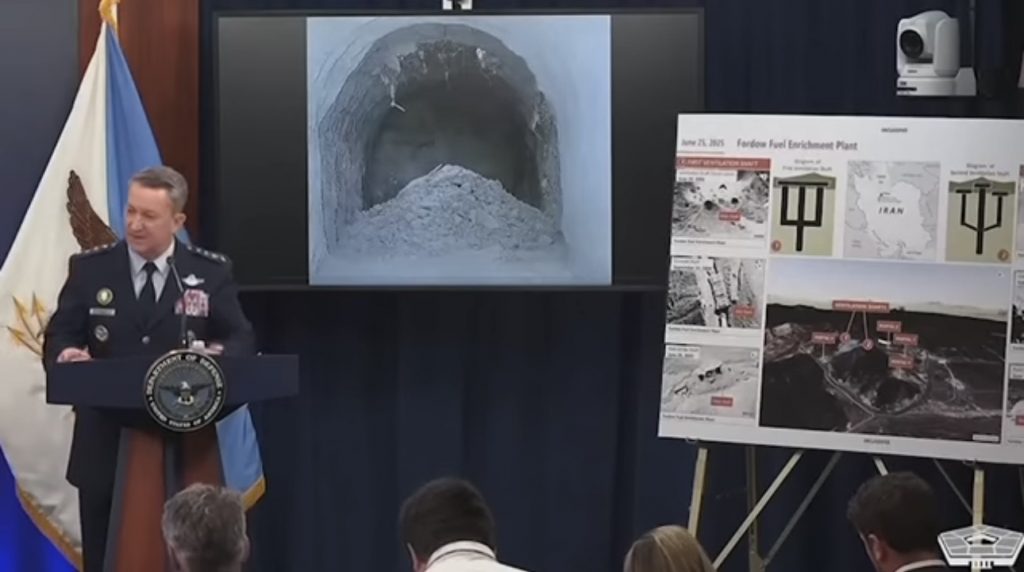
The Pentagon footage of 15-tonne bombs serves more than just a retrospective look at the strike—it’s a warning. To adversaries like North Korea, and even to allies watching the unraveling of diplomacy in the region, the message is loud and clear: the U.S. has both the will and the weapons to strike where others can’t.
In the words of Gen. Caine: “The MOP wasn’t just a bomb. It was a message—and Iran heard it loud and clear.”
Watch the full video released by the Pentagon below:
You might also want to read: What Can We Expect Next After U.S. Bombed Iran?


